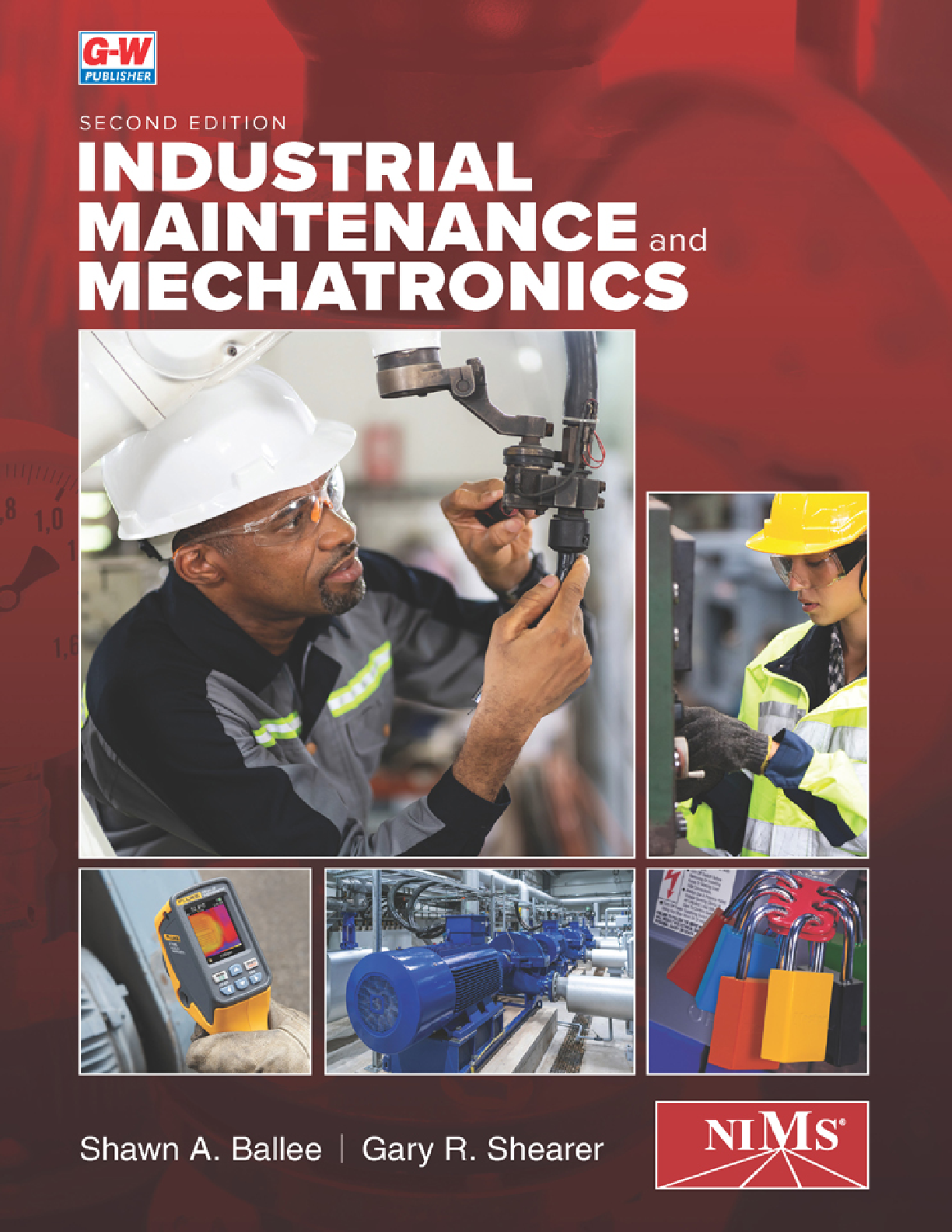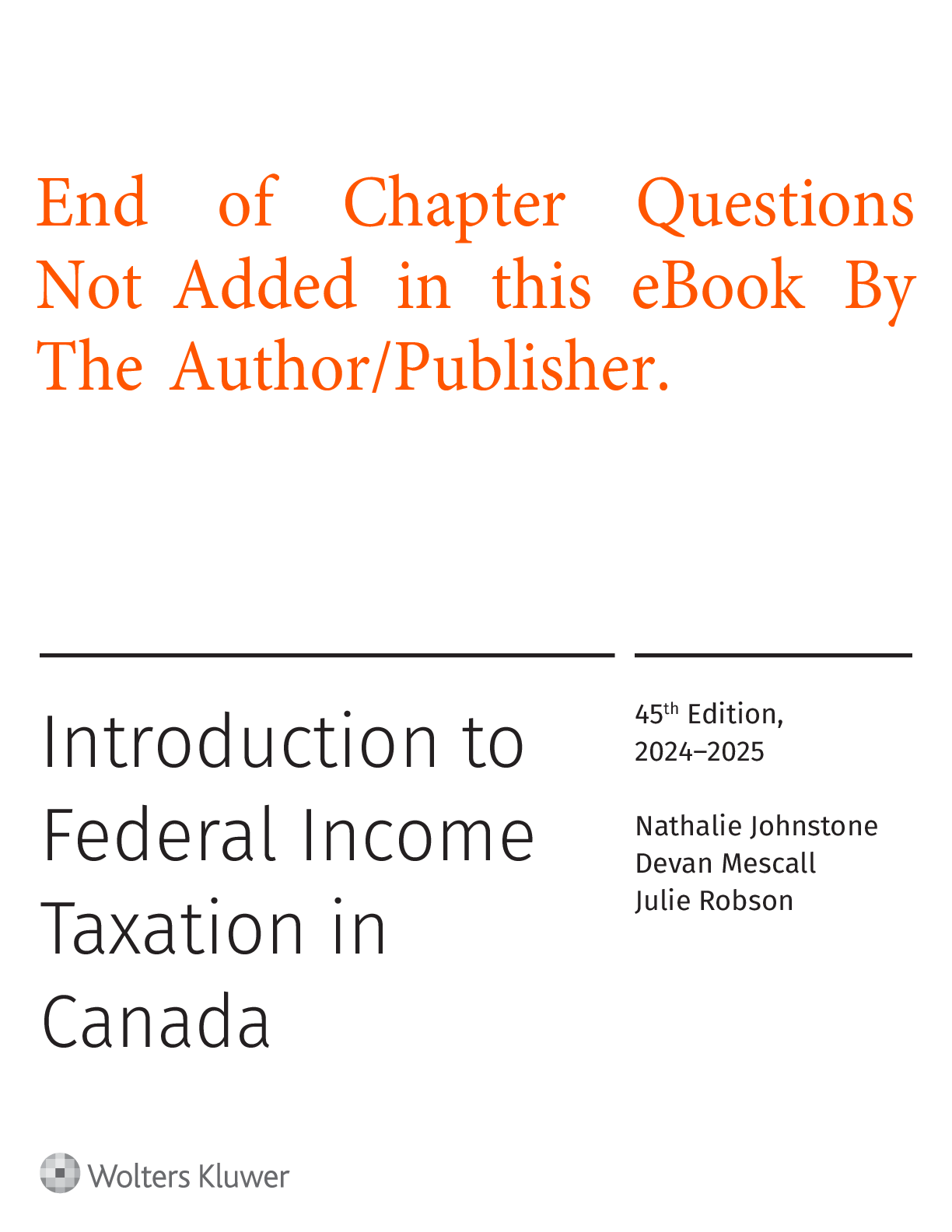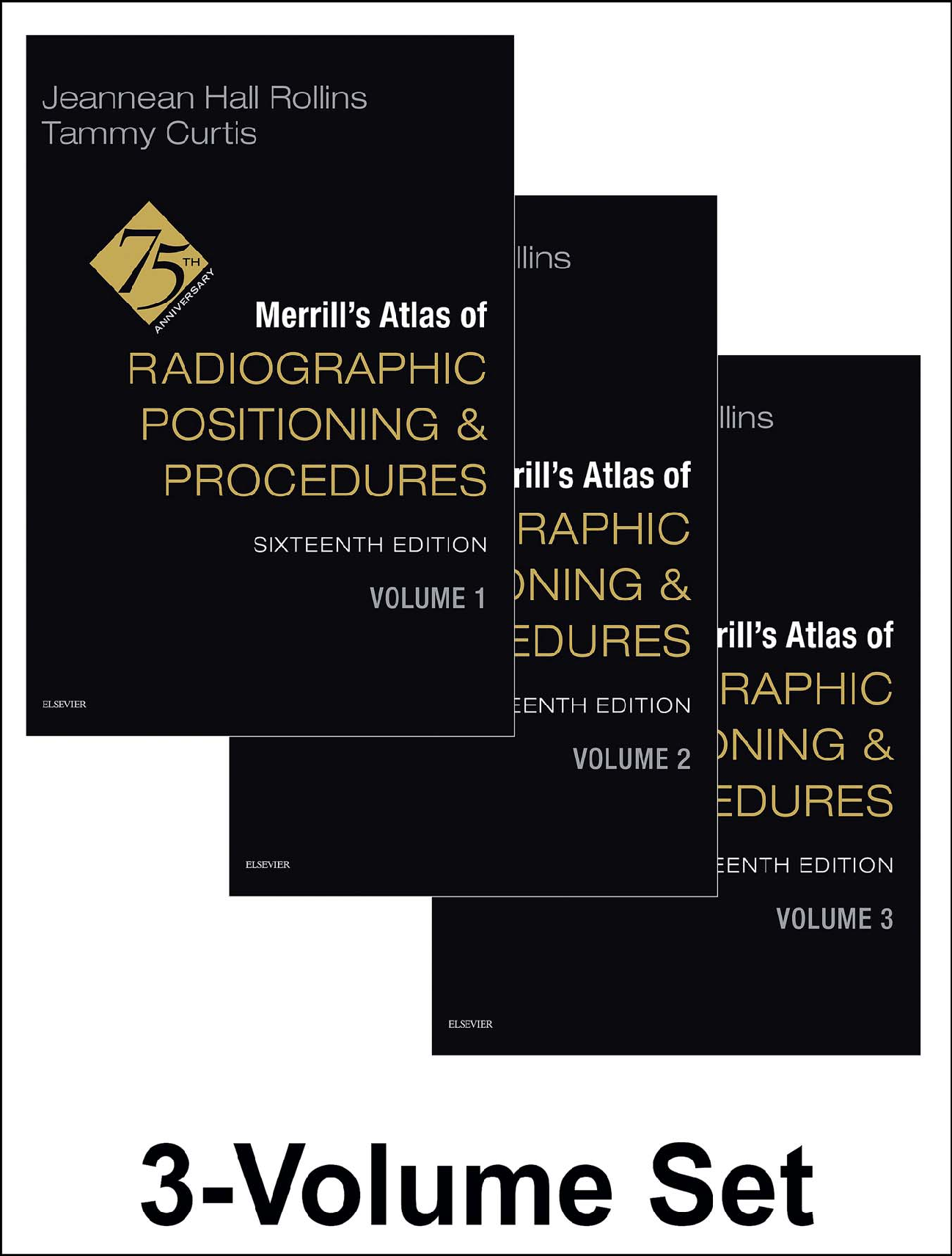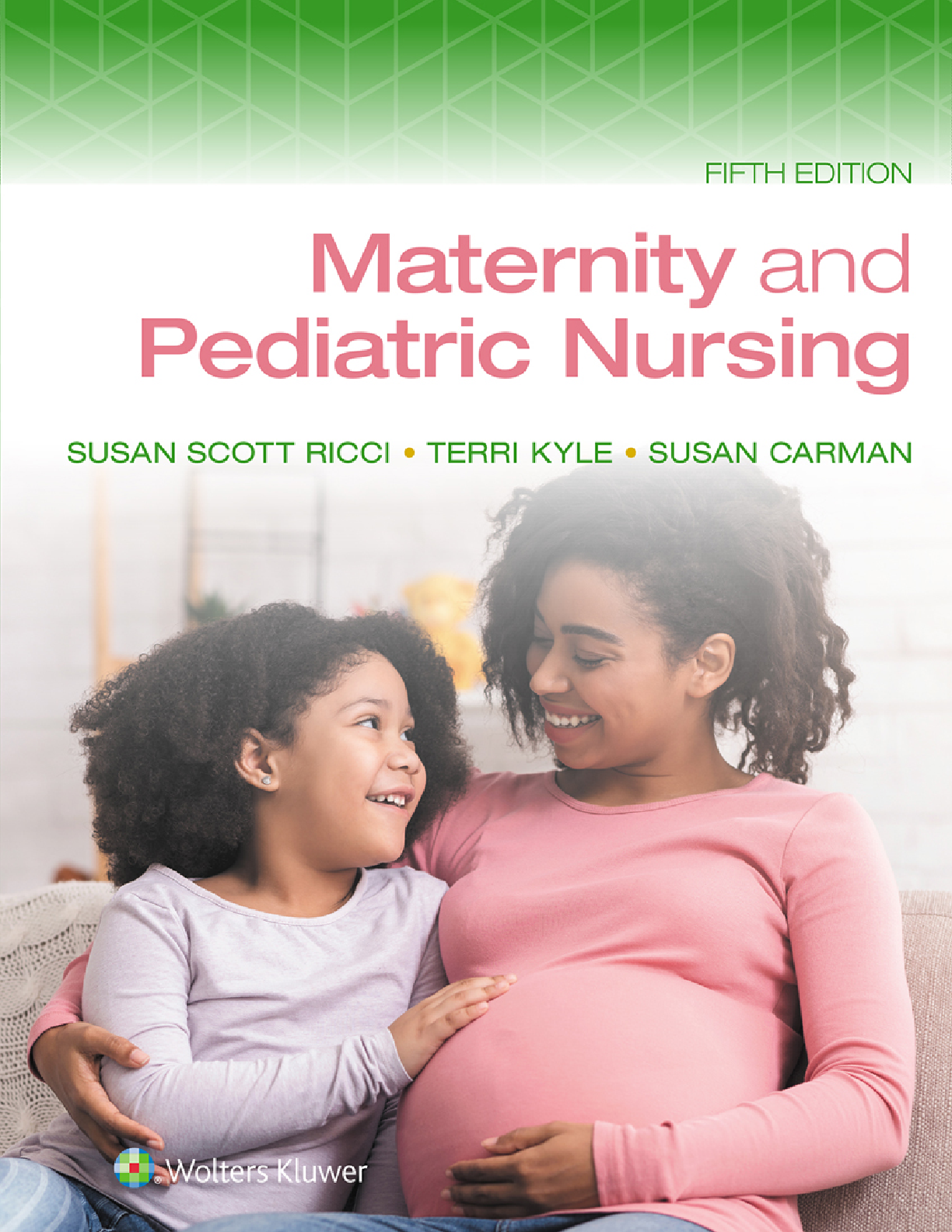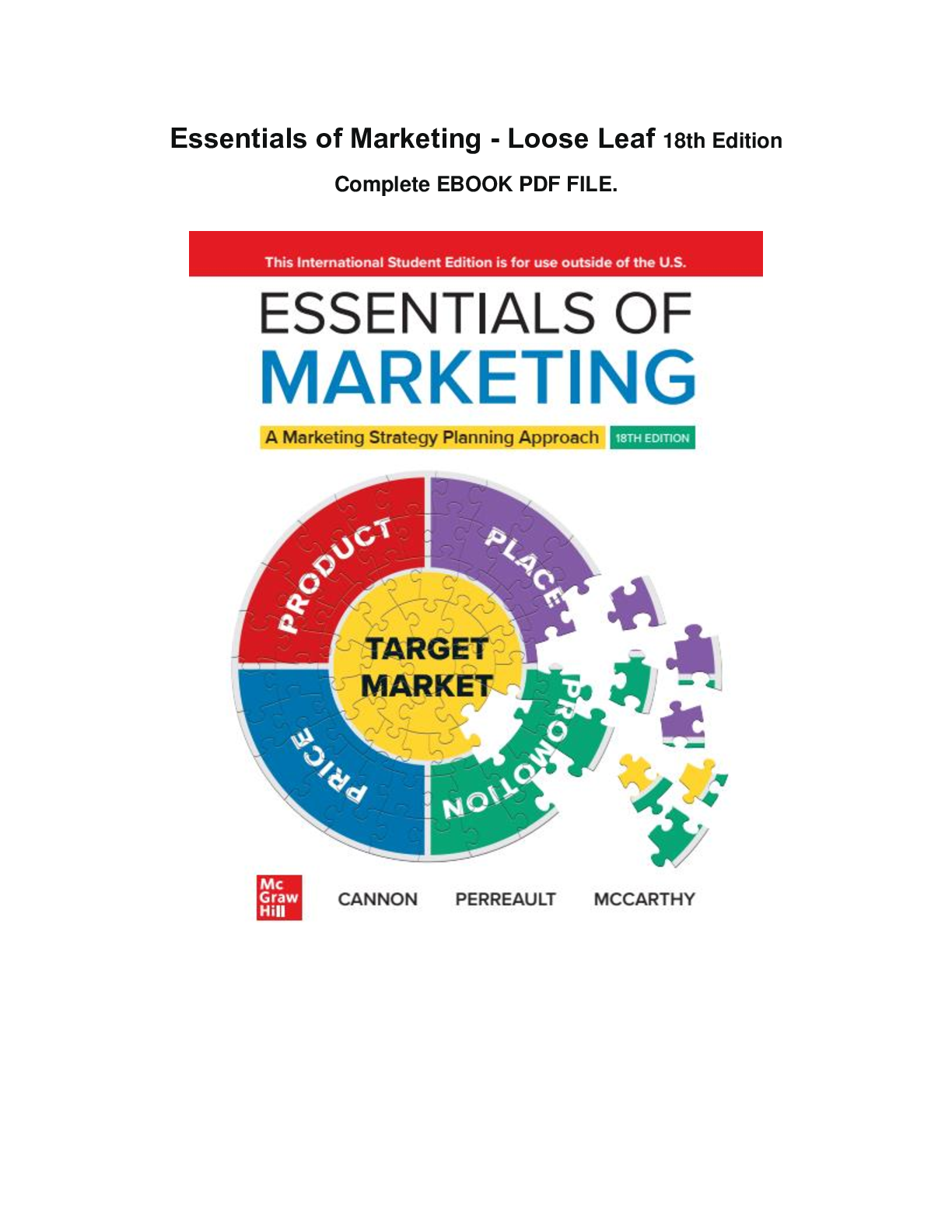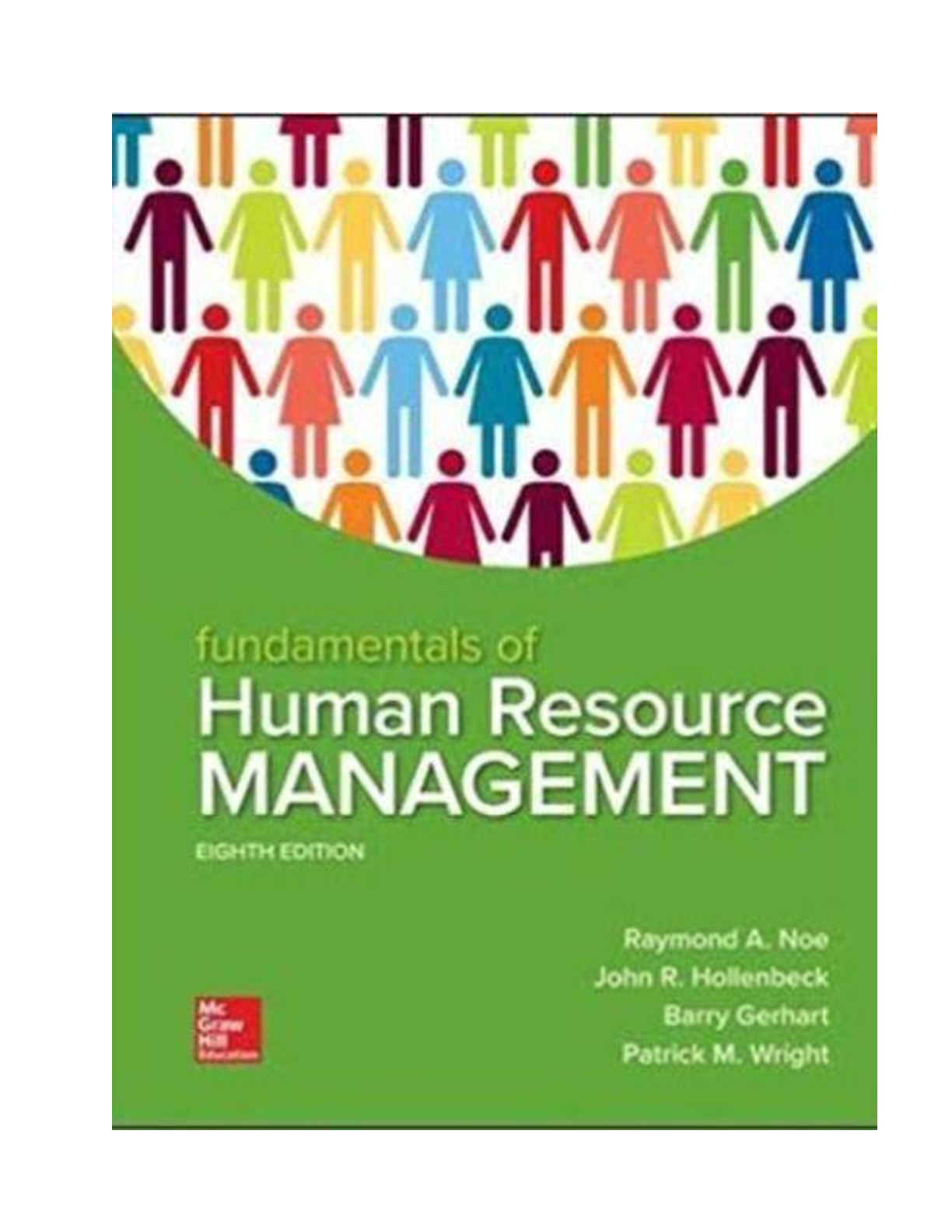Statistics > eBook-PDF > Statistics Without Maths For Psychology, 8th Edition By Christine Dancey (eBook PDF) (All)
Statistics Without Maths For Psychology, 8th Edition By Christine Dancey (eBook PDF)
Document Content and Description Below
Half Title Page Title Page Copyright Page Brief Contents Contents Preface Publisher's acknowledgements 1 Variables and research design Chapter overview 1.1 Why teach statistics without mathem... atical formulae? 1.2 Variables 1.3 Levels of measurement 1.4 Research designs 1.5 Between-participants and within-participants designs Summary Multiple choice questions References Answers to multiple choice questions 2 Introduction to SPSS Chapter overview 2.1 Basics 2.2 Starting SPSS 2.3 Working with data 2.4 Data entry 2.5 Saving your data 2.6 Inputting data for between-participants and within-participants designs 2.7 Within-participants designs Summary SPSS exercises 3 Descriptive statistics Chapter overview 3.1 Samples and populations 3.2 Measures of central tendency 3.3 Sampling error SPSS: obtaining measures of central tendency 3.4 Graphically describing data SPSS: generating graphical descriptives 3.5 Scattergrams SPSS: generating scattergrams 3.6 Sampling error and relationships between variables 3.7 The normal distribution 3.8 Variation or spread of distributions SPSS: obtaining measures of variation 3.9 Other characteristics of distributions 3.10 Non-normal distributions SPSS: displaying the normal curve on histograms 3.11 Writing up your descriptive statistics Summary SPSS exercises Multiple choice questions References Answers to multiple choice questions 4 Probability, sampling and distributions Chapter overview 4.1 Probability 4.2 The standard normal distribution 4.3 Applying probability to research 4.4 Sampling distributions 4.5 Confidence intervals and the standard error SPSS: obtaining confidence intervals 4.6 Error bar charts 4.7 Overlapping confidence intervals SPSS: generating error bar charts 4.8 Confidence intervals around other statistics Summary SPSS exercises Multiple choice questions References Answers to multiple choice questions 5 Hypothesis testing and statistical significance Chapter overview 5.1 Another way of applying probabilities to research: hypothesis testing 5.2 Null hypothesis 5.3 Logic of null hypothesis testing 5.4 The significance level 5.5 Statistical significance 5.6 The correct interpretation of the p-value 5.7 Statistical tests 5.8 Type I error 5.9 Type II error 5.10 Why set at 0.05? 5.11 One-tailed and two-tailed hypotheses 5.12 Assumptions underlying the use of statistical tests SPSS: Statistics Coach Summary SPSS exercises Multiple choice questions References Answers to multiple choice questions 6 Correlational analysis: Pearson's r Chapter overview 6.1 Bivariate correlations SPSS: bivariate correlations - Pearson's r SPSS: obtaining a scattergram matrix 6.2 First- and second-order correlations SPSS: partial correlations - Pearson's r 6.3 Patterns of correlations Summary SPSS exercise Multiple choice questions References Answers to multiple choice questions 7 Analyses of differences between two conditions: the t-test Chapter overview 7.1 Analysis of two conditions SPSS: for an independent t-test SPSS: two samples repeated-measures design - paired t-test Summary SPSS exercise Multiple choice questions References Answers to multiple choice questions 8 Issues of significance Chapter overview 8.1 Criterion significance levels 8.2 Effect size 8.3 Power 8.4 Factors influencing power 8.5 Calculating power 8.6 Confidence intervals Summary Multiple choice questions References Answers to multiple choice questions 9 Measures of association Chapter overview 9.1 Frequency (categorical) data 9.2 One-variable x2 or goodness-of-fit test SPSS: one-variable x2 SPSS: one-variable x2 - using frequencies different from those expected under the null hypothesis 9.3 x2 test for independence: 2 * 2 SPSS: 2 * 2x2 9.4 x2 test of independence: r * c Summary SPSS exercises Multiple choice questions References Answers to multiple choice questions 10 Analysis of differences between three or more conditions Chapter overview 10.1 Visualising the design 10.2 Meaning of analysis of variance SPSS: performing a one-way ANOVA 10.3 Descriptive statistics 10.4 Planned comparisons 10.5 Controlling for multiple testing 10.6 Post-hoc tests 10.7 Repeated-measures ANOVA SPSS: instructions for repeated-measures ANOVA Summary SPSS exercises Multiple choice questions References Answers to multiple choice questions 11 Analysis of variance with more than one IV Chapter overview 11.1 Introduction 11.2 Sources of variance 11.3 Designs suitable for factorial ANOVA 11.4 ANOVA terminology 11.5 Two between-participants independent variables SPSS: analysis of two between-participants factors 11.6 Two within-participants variables SPSS: ANOVA with two within-participants factors 11.7 One between- and one within-participants variable SPSS: ANOVA with one between-participants factor and one within-participants factor Summary SPSS exercises Multiple choice questions References Answers to multiple choice questions 12 Regression analysis Chapter overview 12.1 The purpose of linear regression SPSS: drawing the line of best fit SPSS: linear regression analysis 12.2 Multiple regression Summary SPSS exercises Multiple choice questions References Answers to multiple choice questions 13 Analysis of three or more groups partialling out effects of a covariate Chapter overview SPSS: obtaining a chart of regression lines 13.1 Pre-existing groups 13.2 Pretest-posttest designs SPSS: obtaining output for an ANCOVA Summary SPSS exercise Multiple choice questions References Answers to multiple choice questions 14 Introduction to factor analysis Chapter overview 14.1 What is the purpose of factor analysis? 14.2 The two main types of factor analysis 14.3 Use of factor analysis in psychometrics 14.4 Visualising factors 14.5 Conceptualising factor analysis 14.6 Naming the factors 14.7 Loadings of variables on factors 14.8 The correlational matrix 14.9 The unrotated and rotated matrices 14.10 Plotting the variables in factor space 14.11 Rotating the matrix 14.12 Steps taken in performing a factor analysis 14.13 Use of factors or components in further analyses 14.14 The meaning of negative loadings SPSS: factor analysis - principal components analysis Summary Multiple choice questions References Answers to multiple choice questions 15 Introduction to multivariate analysis of variance (MANOVA) Chapter overview 15.1 Multivariate statistics 15.2 Why use multivariate analyses of variance? 15.3 Multivariate analysis of variance 15.4 Logic of MANOVA 15.5 Assumptions of MANOVA 15.6 Which F-value? 15.7 Post-hoc analyses of individual DVs 15.8 Correlated DVs 15.9 How to write up these analyses SPSS: conducting MANOVA with one between-participants IV and two DVs 15.10 Within-participants designs SPSS: one within-participants IV and two DVs Summary SPSS exercises Multiple choice questions References Recommended texts Answers to multiple choice questions 16 Non-parametric statistics Chapter overview 16.1 Alternative to Pearson's r: Spearman's rho SPSS: correlational analysis - Spearman's rho SPSS exercise 16.2 Alternatives to the t-test: Mann-Whitney and Wilcoxon SPSS: two-sample test for independent groups - Mann-Whitney SPSS exercise SPSS: two-sample test for repeated measures - Wilcoxon SPSS exercise 16.3 Alternatives to ANOVA SPSS: independent samples test for more than two conditions - Kruskal-Wallis SPSS exercise SPSS: repeated-measures test for more than two conditions - Friedman's test SPSS exercise Summary Multiple choice questions References Answers to multiple choice questions Answers to activities and SPSS exercises Appendix 1: Table of z-scores and the proportion of the standard normal distribution falling above a Appendix 2: Table r to zr Index [Show More]
Last updated: 2 years ago
Preview 1 out of 600 pages

Buy this document to get the full access instantly
Instant Download Access after purchase
Buy NowInstant download
We Accept:

Reviews( 0 )
$25.00
Can't find what you want? Try our AI powered Search
Document information
Connected school, study & course
About the document
Uploaded On
Dec 23, 2022
Number of pages
600
Written in
Additional information
This document has been written for:
Uploaded
Dec 23, 2022
Downloads
0
Views
52

